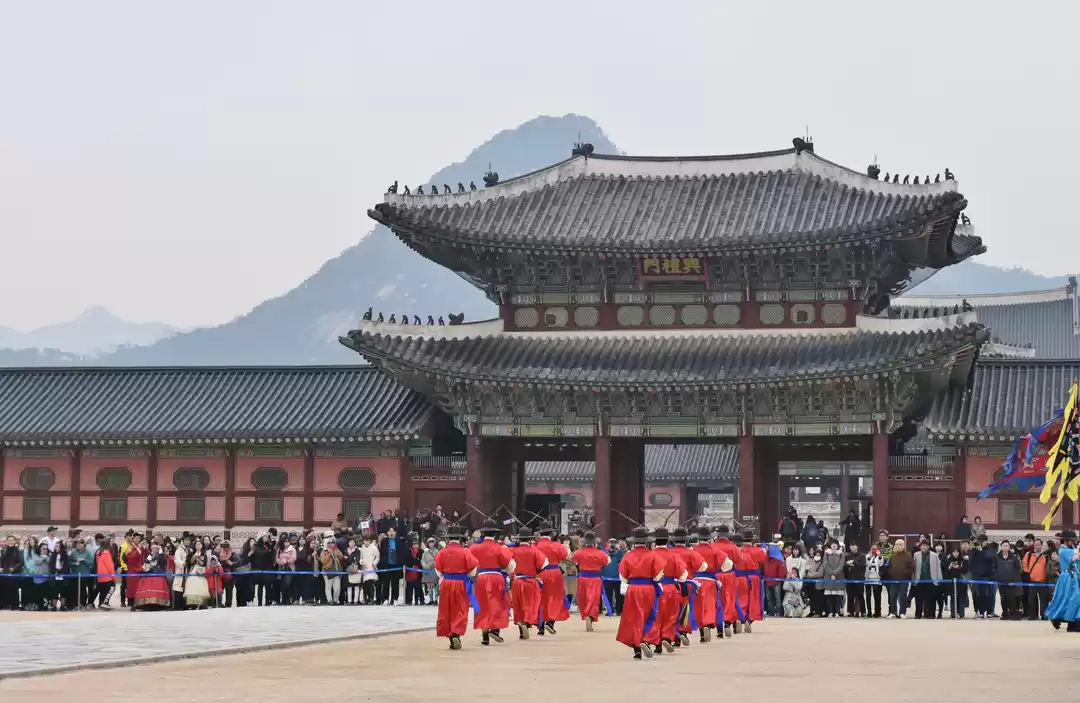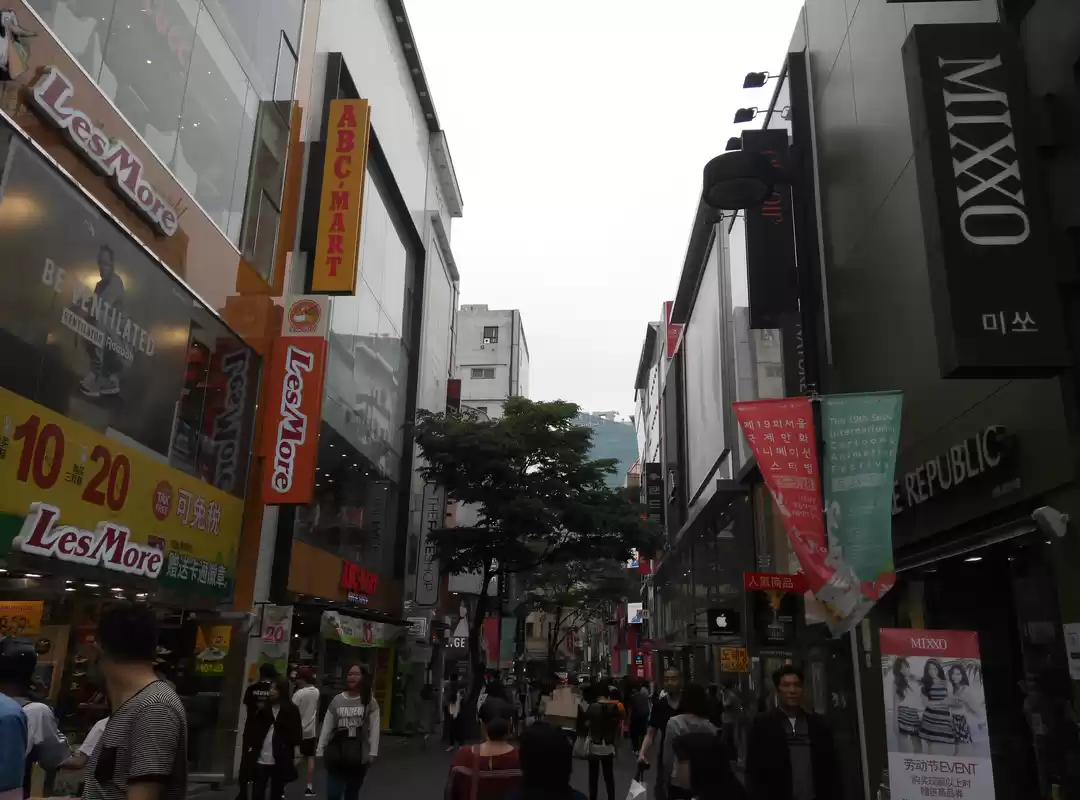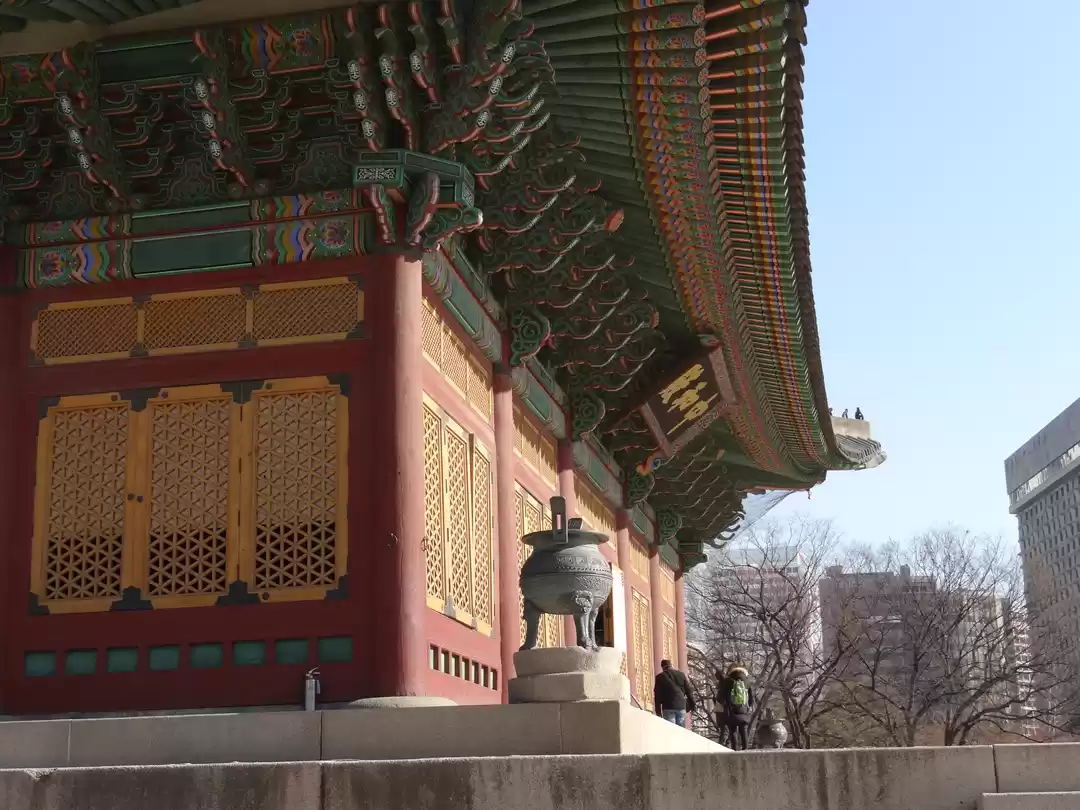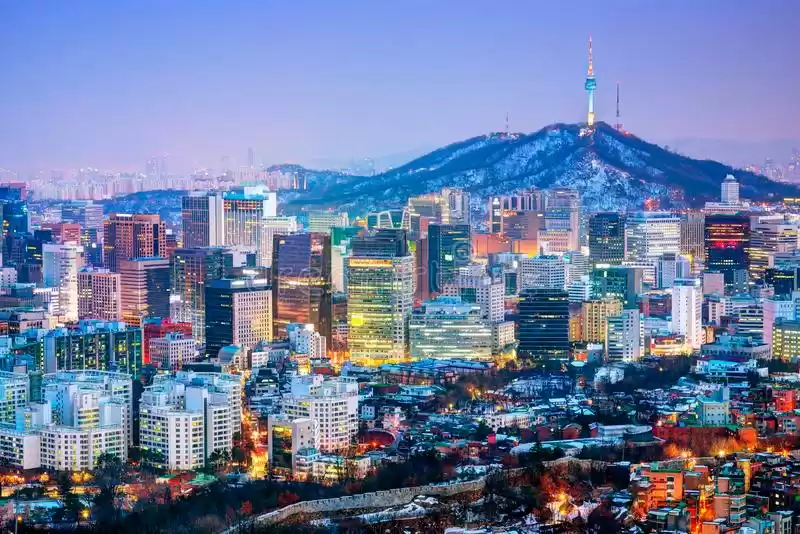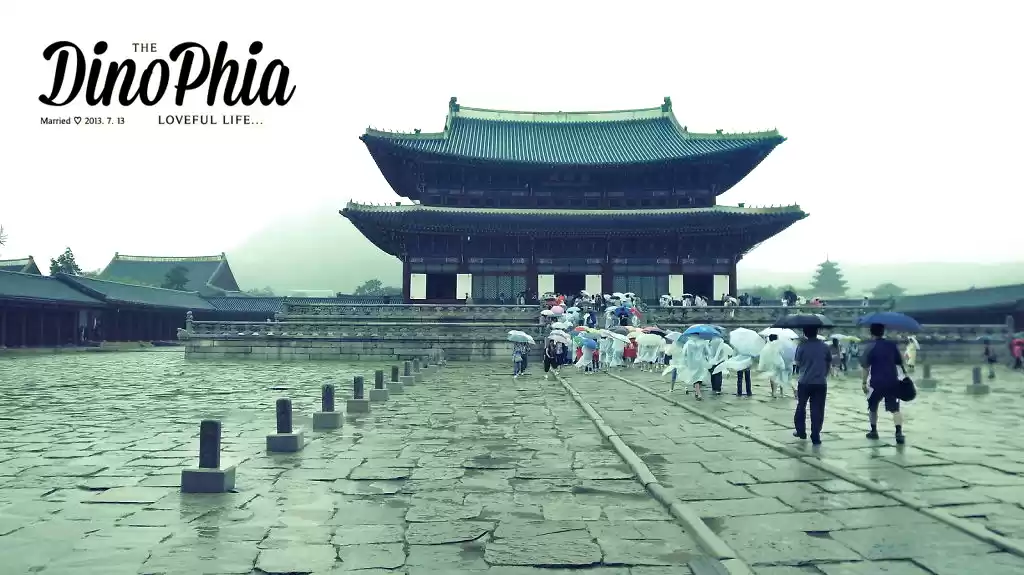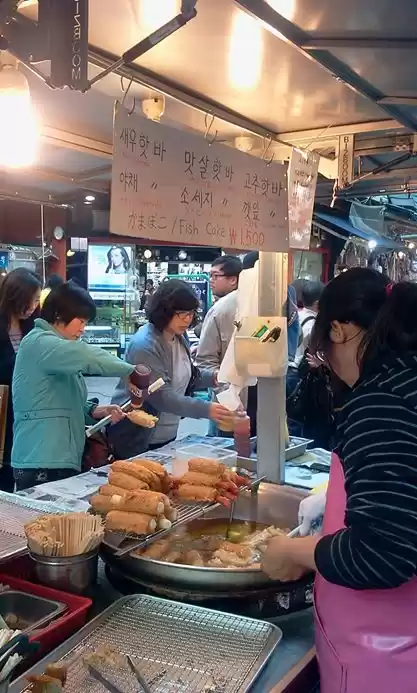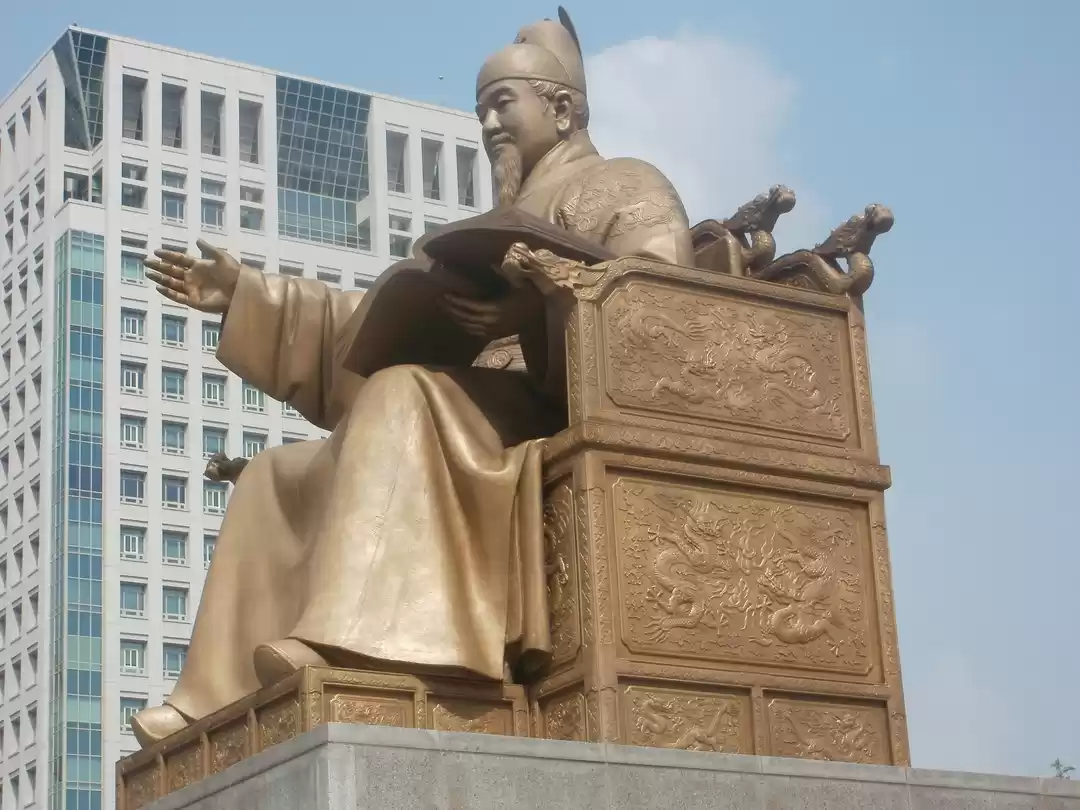Seoul, the vibrant capital of South Korea, is a culinary paradise where traditional flavors meet modern dining experiences. Whether you’re a seasoned foodie or a curious traveler, indulging in authentic Korean cuisine is a must. From sizzling barbecue to savory stews, here are some of the best places to savor the true essence of Korean food in Seoul.

1. Gwangjang Market
A visit to Seoul isn’t complete without experiencing Gwangjang Market, one of the oldest traditional markets in the city. This bustling marketplace is famous for its street food, where you can find an array of authentic dishes. Be sure to try Bindaetteok (mung bean pancakes) and Mayak Gimbap (addictive seaweed rice rolls). The lively atmosphere and the aroma of sizzling food create an unforgettable dining experience.
2. Myeongdong Kyoja
Located in the heart of Myeongdong, Myeongdong Kyoja is renowned for its hand-made kal-guksu (knife-cut noodles). This beloved restaurant has been serving delicious noodles since 1966, and the dish comes with a rich, flavorful broth and a side of dumplings. The cozy setting and the family-owned charm make it a perfect spot for a comforting meal.
3. Namsan Seoul Tower’s HanCook
For a unique dining experience with a view, head to HanCook located within Namsan Seoul Tower. This restaurant offers a contemporary twist on traditional Korean cuisine. The hanjeongsik, a full-course meal that features a variety of seasonal dishes, is a highlight. Enjoy the breathtaking views of the city while relishing the carefully curated flavors of each dish.
4. Tosokchon Samgyetang
If you're in the mood for something nourishing, Tosokchon Samgyetang is the place to go. Famous for its samgyetang (ginseng chicken soup), this restaurant has been a favorite among locals and tourists alike. The tender chicken is stuffed with glutinous rice, ginseng, and garlic, creating a hearty meal perfect for any season. The traditional setting adds to the authenticity of the experience.

5. Janguhjin
For seafood lovers, Janguhjin offers an exquisite dining experience with its signature dish, grilled eel. Located near the Han River, this restaurant is known for its fresh, succulent eel prepared in a variety of styles. Enjoy the smoky flavor and tender texture as you pair it with a selection of side dishes and dipping sauces. The serene riverside location enhances the overall dining experience.
6. Sanchon
For a taste of traditional Buddhist cuisine, visit Sanchon in the heart of Insadong. This restaurant specializes in temple food, which is both vegetarian and made from seasonal ingredients. The banchan (side dishes) here are vibrant and full of flavor, and the ambiance is tranquil, adorned with traditional decor and often accompanied by traditional music performances. The unique flavors and health benefits of temple food make it a must-try.
7. Baekjeong
For the ultimate Korean barbecue experience, Baekjeong is a popular choice among locals. Known for its high-quality meats and vibrant atmosphere, this restaurant allows you to grill your own marinated meats right at your table. The samgyeopsal (pork belly) and bulgogi (marinated beef) are standout options. Don’t forget to pair your meal with a refreshing bottle of soju!
8. Gogung
If you’re a fan of bibimbap, Gogung is a must-visit. Specializing in this iconic Korean dish, the restaurant offers various regional styles, including Jeonju bibimbap, which is known for its rich flavors and colorful presentation. The combination of fresh vegetables, meat, and a perfectly fried egg atop warm rice makes for a satisfying and wholesome meal.

9. Andong Jjimdak
Famous for its savory jjimdak (braised chicken), Andong Jjimdak is a delightful place to enjoy this hearty dish. The tender chicken is cooked with glass noodles, potatoes, and carrots in a flavorful soy sauce base. The communal style of dining encourages sharing, making it a great spot for groups or families.
10. Ikseon-dong Hanok Village
Finally, explore Ikseon-dong Hanok Village, where you’ll find a mix of traditional and modern Korean eateries. Among the charming alleys, many cafes and restaurants serve authentic dishes in beautifully restored hanok (traditional Korean houses). Try a bowl of sundubu-jjigae (soft tofu stew) or relax with a traditional tea while enjoying the unique ambiance.
Conclusion
Seoul’s culinary landscape is rich and diverse, offering countless opportunities to experience authentic Korean cuisine. Whether you’re dining in a bustling market or a tranquil hanok, each meal tells a story of tradition and culture. So, roll up your sleeves, gather your friends or family, and embark on a gastronomic journey through the heart of Korea!


